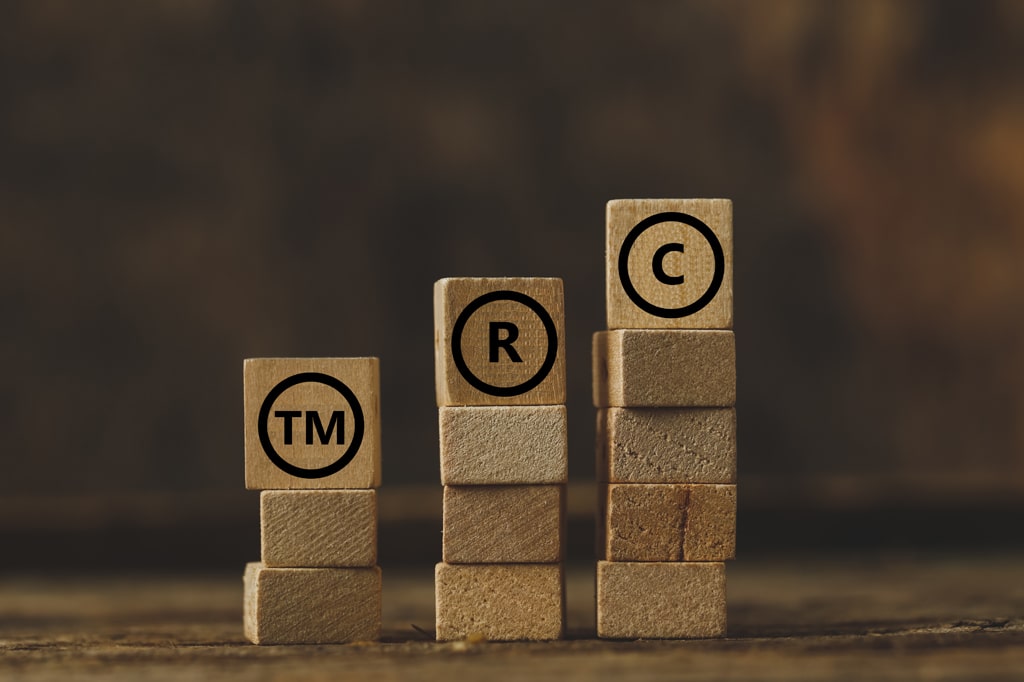Trade Marks Registry in India was established in 1940. Later the Independent India substituted and molded Trade and Merchandise Marks Act, 1958 and Trade and Merchandise Marks Rules, 1959. Presently, the Trademark in India is governed by the Trade Marks Act, 1999, Trade Mark Rules, 2002 and the Trade Marks (Amendment) Rules,2017 .
The objective of the Trade Marks Act, 1999 is to aid the customers in recognising the products, it safeguards the owner’s reputation and business investment and also to prevent fraudulent use of the mark.
Trademarks mean any words, logos, symbols, slogans, product packaging or design that identify the goods or services from a particular source. According to Section 2 (zb) of the TM Act, a “trade mark” is a mark that can be graphically represented and can distinguish one person’s goods or services from those of others. Examples of such marks include the shape of goods, their packaging, and color combinations.
A device, brand, heading, label, ticket, name, signature, word, letter, numeral, product shape, color scheme, or any combination thereof is a “mark.” [Section 2.1.1(m)]
Types of TradeMarks registered under the Trade Mark Act, 1999 :
Product Mark : It is a type of trademark used on business products. It is mainly used to identify the maintain reputation of business and to identify the product. Example Nestle, Amul etc.
Service Mark : It is a type of Trademark used to identify the service of the entity. These are used to identify the service providers. Example Google etc.
Collection Mark : It is a type of Trademark used to identify a group or organization. It is used to convey the public on the commercial activities of a group or organization. Example Reliance Communication, Tata Sons etc.
Certification Mark : It is a sign that conveys the origin of a product, material, quality and other specifications of the product. It is commonly seen on packed foods, electronics, toys etc. Example ISI,ISO etc.
Steps of Registration
Step 1: Trademark Search
It helps a trademark owner to know whether their trademark is unique and distinct in nature and also check whether there is any similar or identical mark already existing or not. Every trademark that is currently accessible is available in the Trademark Registry. The owner can get to know whether they have any existing competition in the same trade or not. The results in the search will indicate whether the owner will face any risk when using that trademark or whether it is safe.
Step 2: Filing an Application [Section 18]
The process of submitting an application for registration follows the trademark search. Depending on the jurisdiction, the application must be submitted in Form TM-A either online from the official IP India website or in person at the Trademark Registry Office.
Step 3: Examination Process
The Registrar will thoroughly examine the application once it has been submitted. They will prepare an examination in writing and send a copy to the applicant with 30 days to let them know if the Registry wants to reject or conditionally accept the application. The Registrar will also include the evidence he used to make that decision. Within 30 days of receiving the examination report, the applicant is required to respond with a statement outlining all of their defenses and supporting evidence against the objection raised by the trademark office. The owner is also required to explain why their application should not be denied and why they must continue with the registration process. The application will be rejected if the applicant does not respond within the specified time frame.
Step 4: Post Examination Procedures
If the examiner is dissatisfied with the applicant’s response to the examination report for any reason or if the applicant’s response fails to fulfill the purpose of the objection stated in the report, the examiner can schedule a hearing after the applicant files the reply. If the examiner is completely satisfied, they can accept the mark and send it to the Trademark Journal for publication after the hearing, or they can reject the application if there are still objections.
Step 5: Publication of the Trademark Application [Section 20]
Application will be published in the Trademark Journal for 4 months. This kind of application is advertised so that any third party can see it and, if they so choose, oppose the applicant within the above-mentioned time frame. New trademark applications that have been accepted are added to the Journal every Monday.
Step 6: Notice of Opposition [Section 21]
Any aggrieved party may file a notice of opposition on Form TM-O within four months of the application’s publication. This is done in the event that a third party believes that the applicant has violated their prior use trademark or that the application was made in bad faith and that the registration of the trademark will harm the third party’s reputation and goodwill. According to the Trademark Act of 1999, a notice of opposition will stop the registration process and the applicant’s opposed mark. The applicant must follow a number of legal steps if they want to continue with the registration of the same mark. These steps include filing a counter-statement, providing evidence in support of that counter-statement, and in some cases, it is seen that the applicant must also go through a hearing.
Step 7: Registration [Section 23]
Obtaining the certificate of registration is the final step in the registration process. The applicant will receive the certificate after the trademark passes through all opposition-related legal procedures and, if successful, the opposition. If no opposition is filed or if a false opposition is filed, the trademark registry office will issue an auto-generated registration certificate to the applicant within seven days of the end of the publication period. This certificate must be renewed every ten years to keep it valid.
Duration and Renewal of Trade Mark Registration
In India, trademark registration must be renewed every ten years to maintain perpetual protection. The renewal application can be submitted six months prior to the expiration of the trademark’s validity period. A trade mark can be registered for ten years under Section 25 of the Act. Section 25 allows registration renewals for successive periods of ten years from the date of the original registration or the last renewal, in accordance with internationally accepted practice and to reduce the workload of the Trade Marks Office. Section 25(3) provides a one-year grace period for payment of the renewal fee following registration expiration, subject to payment of the prescribed surcharge, in order to facilitate registration renewal. The trade marks can be added back to the register under subsection (4), and the registration can be renewed with the payment of renewal fees.





